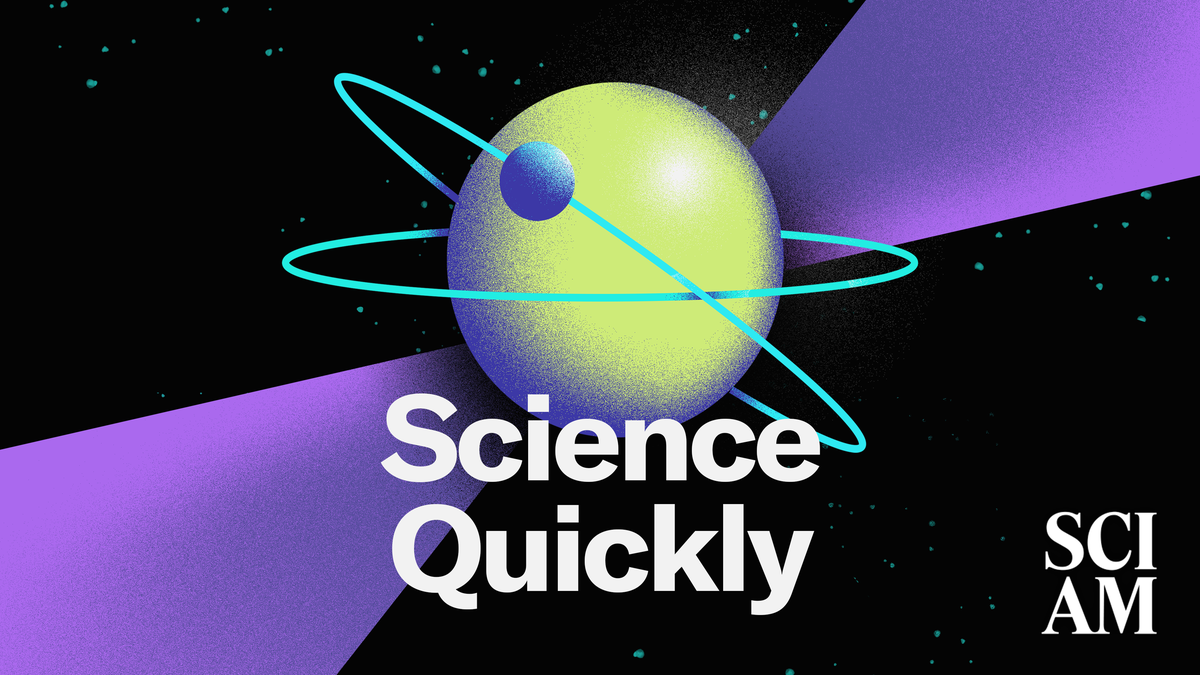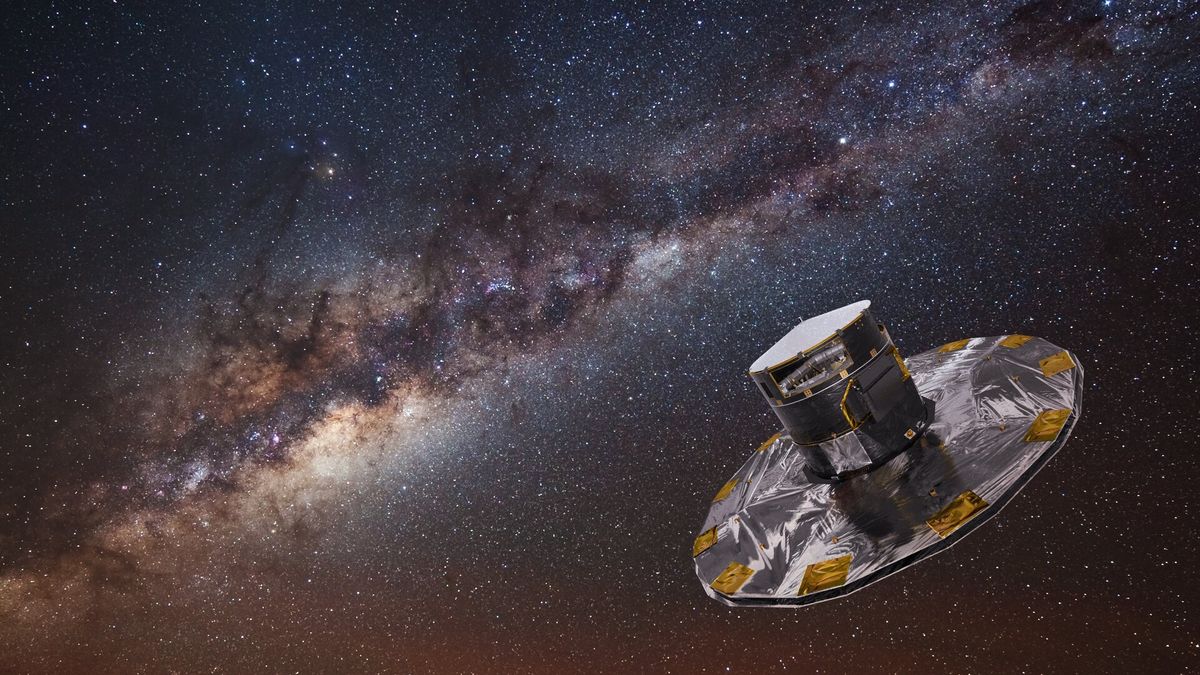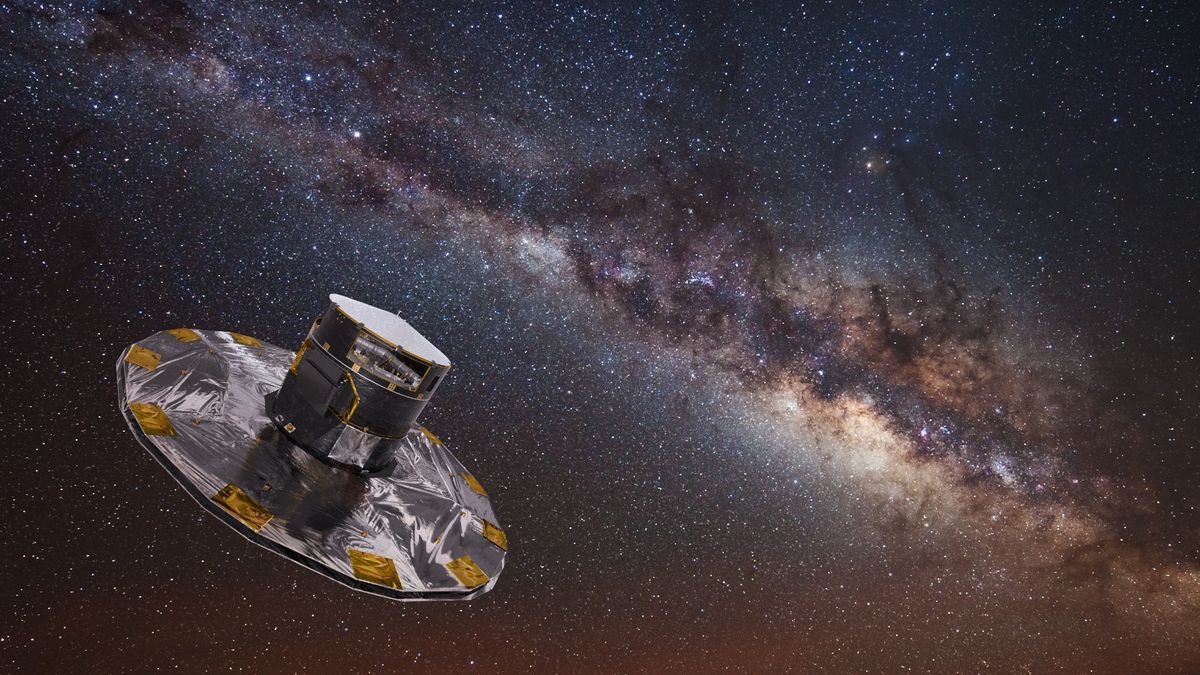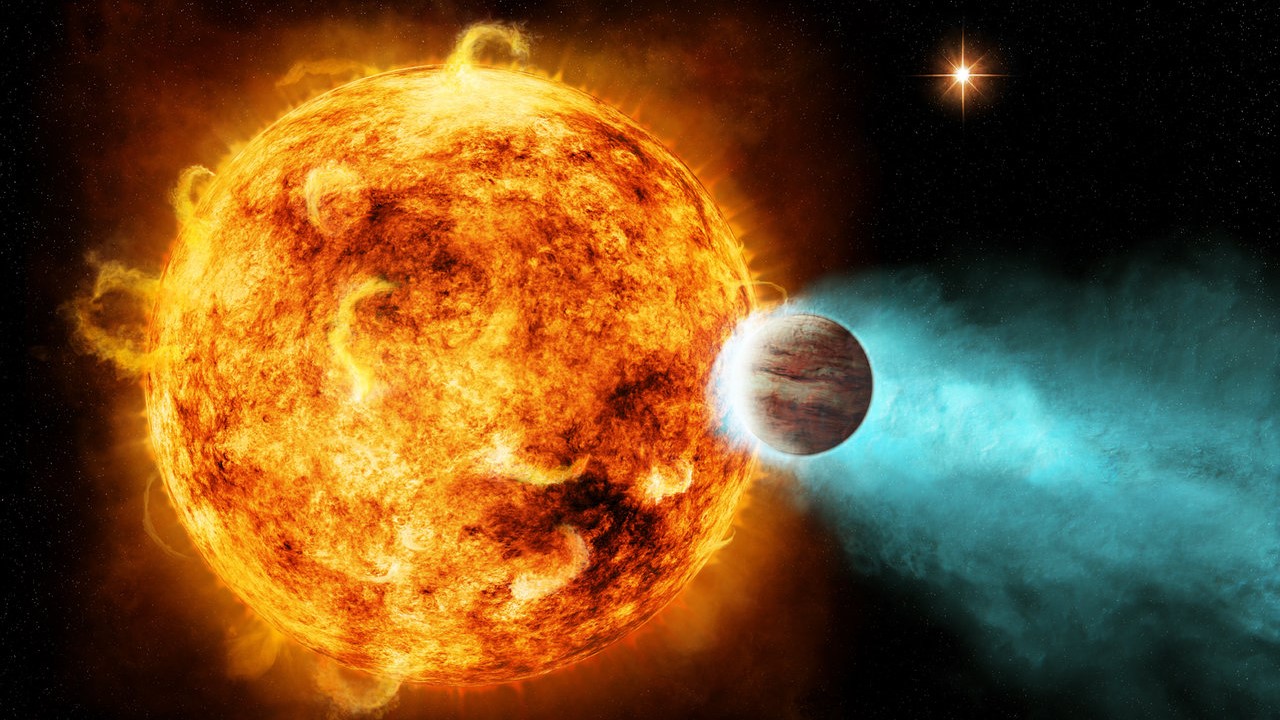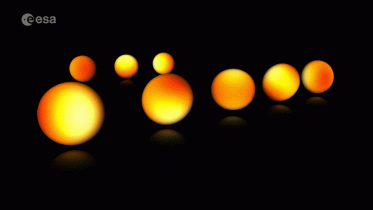
Gaia Spacecraft
Gaia is a space observatory of the European Space Agency, launched in 2013 and expected to operate until 2025. The spacecraft is designed for astrometry: measuring the positions, distances and motions of stars with unprecedented precision. The mission aims to construct by far the largest and most precise 3D space catalog ever made, totalling approximately 1 billion astronomical objects, mainly stars, but also planets, comets, asteroids and quasars, among others. To study the precise position and motion of its target objects, the spacecraft monitored each of them about 70 times over the five years of the nominal mission, and continues to do so during its extension. The spacecraft has enough micro-propulsion fuel to operate until about November 2024. As its detectors are not degrading as fast as initially expected, the mission could therefore be extended.
